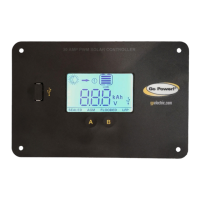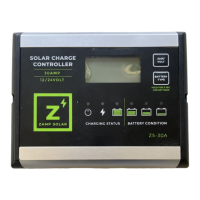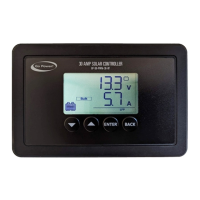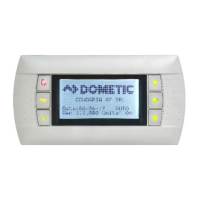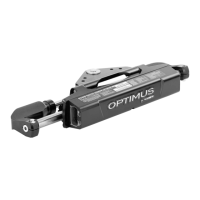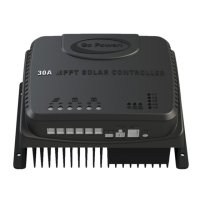• Only use insulated tools.
• Wear goggles and protective clothing when working on batteries. Do not touch your eyes
when working on batteries.
CAUTION! Explosion hazard
• Never attempt to charge a frozen or defective battery. Place the battery in a frost-free area
and wait until the battery has acclimatized to the ambient temperature. Then start the charg-
ing process.
• Do not smoke, use an open flame, or cause sparking near the engine or a battery.
NOTICE! Damage hazard
• Only use rechargeable batteries.
• Prevent any metal parts from falling on the battery. This can cause sparks or short-circuit the
battery and other electrical parts.
• Ensure that the polarity is correct when connecting the battery.
• Follow the instructions of the battery manufacturer and those of the manufacturer of the sys-
tem or vehicle in which the battery is used.
• If the battery has to be removed, first disconnect the ground connection. Disconnect all
connections and all consumers from the battery before removing it.
• Only store fully charged batteries. Recharge stored batteries regularly.
• Do not carry the battery by its terminals.
Safety precautions when handling lithium batteries
CAUTION! Risk of injury
Only use batteries with integrated battery management system and cell balancing.
NOTICE! Damage hazard
• Only install the battery in environments with an ambient temperature of at least 0 °C.
• Avoid deep discharge of the batteries.
Safety precautions when handling lead acid batteries
CAUTION! Health hazard
The water-acid liquid inside the battery can evaporate and cause an acidic odor. Use the battery
only in a well-ventilated area.
NOTICE! Damage hazard
• The battery is not sealed. Do not turn the battery on its side or upside down. Place the bat-
tery on a horizontal surface.
• Check the acid level for open lead acid batteries regularly.
• Immediately recharge deeply discharged lead acid batteries to avoid sulfation.
6

